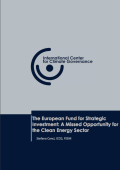
The European Commission and European Investment Bank have launched the European Fund for Strategic Investment (EFSI) to help recover the European Union economy. EFSI aims to bridge the investment gap and drive private capitals towards key productive sectors, such as energy efficiency and renewables. These fields are supposed to benefit the most from the Fund, given their investment needs and capacity to spur sustainable economic growth. However, limited public contributions, reshuffled capitals, and scarce capacity to improve the policy and regulatory framework characterize EFSI structure. Therefore, experts have cast doubt on the effectiveness of the Fund and its impact on the clean energy sector.
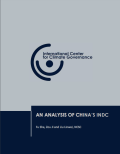
On 30 June 2015, the Chinese government submitted its Intended Nationally Determined Contribution (INDC), detailing its commitment to climate change mitigation and adaptation for the post-2020 period. This article offers an analysis of China’s INDC in terms of its basic assumptions and considerations, the ambition and fairness of the intended contributions, and the obstacles and challenges facing China in achieving these goals.
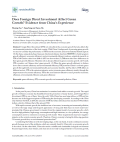
Foreign Direct Investment (FDI) not only affects the economic growth but also affects the environmental protection of the host country. With China’s background of pursuing green growth, we need to consider the performance of FDI from the economic and environmental benefit aspects. On this basis, using slacks-based measure directional distance function (SBMDDF) to build up green growth efficiency, economic efficiency and environmental efficiency indexes, empirical research on FDI in 104 Chinese cities from 2004 to 2011 has shown that: (1) Different cities have differences in their green growth efficiency. Shenzhen city is always efficient in green economic growth. (2) Overall, FDI is positive on Chinese cities’ green growth. (3) When the green growth efficiency is broken down into economic efficiency and environmental efficiency, FDI promotes China’s economic green growth through both environmental benefits and economic benefits. (4) The effect of FDI differs in different sectors. FDI in the emission-intensive sector promotes green efficiency mainly through the improvement of economic efficiency.
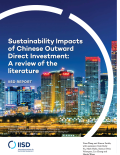
Outward direct investment (ODI) by the People’s Republic of China has grown very rapidly since 2004, and in 2014, China’s ODI flows attained USD 123.1 billion. The past decade has witnessed remarkable growth in Chinese outward investments, and there are a growing number of academic studies, policy papers and media reports discussing the operations and impacts of Chinese companies overseas.
This literature review aims to develop a comprehensive understanding of the sustainable impact of Chinese outward investments. The specific objectives of this literature review are:
1. providing a balanced view of the current state of knowledge of the sustainable development impact of Chinese outward direct investment;
2. providing an overview of the diverse perspectives and concerns relevant to Chinese policymakers and companies “going out”;
3. providing insights into the Chinese policy and business strategy measures that would improve outcomes and address concerns;
4. providing direction on further avenues for research and possible future collaboration.
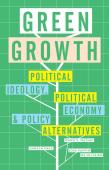
The discourse of “green growth” has recently gained ground in environmental governance deliberations and policy proposals. It is presented as a fresh and innovative agenda centered on the deployment of engineering sophistication, managerial acumen, and market mechanisms to redress the environmental and social derelictions of the existing development model. But the green growth project is deeply inadequate, whether assessed against criteria of social justice or the achievement of sustainable economic life upon a materially finite planet.
This volume outlines three main lines of critique. First, it traces the development of the green growth discourse qua ideology. It asks: what explains modern society’s investment in it, why has it emerged as a master concept in the contemporary conjuncture, and what social forces does it serve? Second, it unpicks and explains the contradictions within a series of prominent green growth projects. Finally, it weighs up the merits and demerits of alternative strategies and policies, asking the vital question: “If not green growth, then what?”
